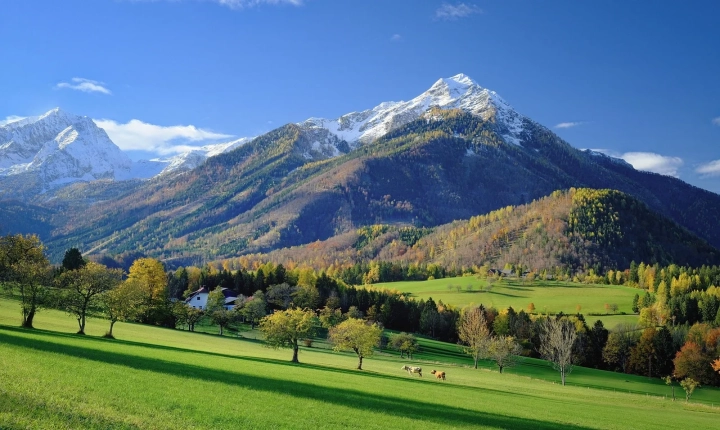Title: Exploring the World of AI-Generated Pictures
Artificial intelligence (AI) has significantly impacted various industries through its ability to analyze complex data, automate processes, and even create art. One of the most intriguing applications of AI is the ability to generate realistic pictures that are indistinguishable from those captured by a human photographer. This emerging technology has the potential to revolutionize the field of visual arts, digital marketing, and even healthcare.
AI-generated pictures are the result of advanced algorithms, particularly a subset of AI known as generative adversarial networks (GANs). GANs consist of two neural networks – a generator and a discriminator – that work in tandem to produce exceedingly realistic images. The generator creates images based on random noise, while the discriminator evaluates these images and provides feedback to the generator to make them more realistic. Through this process of iterative improvement, GANs are able to generate images that are visually compelling and often impossible to distinguish from authentic photographs.
The impact of AI-generated pictures is multi-faceted. In the realm of visual arts, AI artists have gained attention for creating captivating and sometimes surreal images that challenge the traditional notion of art and creativity. Digital marketing has also embraced AI-generated images as a means to create customized and eye-catching visuals for advertisements, websites, and social media. Moreover, in fields such as healthcare and scientific research, AI-generated images are used to simulate medical conditions, predict disease progression, and facilitate drug discovery, thereby aiding in the advancement of human health.
However, the rise of AI-generated pictures also brings about ethical and legal considerations. As AI continues to refine its capacity to generate hyper-realistic images, it becomes increasingly difficult to differentiate between authentic and AI-generated content. This has implications for issues such as copyright, intellectual property, and the spread of misinformation. Additionally, there are concerns surrounding the potential misuse of AI-generated images for deceptive or malicious purposes, including deepfakes – manipulated videos or images that can falsely depict individuals saying or doing things they never did.
Despite these challenges, the potential of AI-generated pictures to revolutionize visual arts, marketing, healthcare, and other industries is immense. As AI technology continues to advance, it is crucial for creators, businesses, and policymakers to develop guidelines and regulations to ensure the responsible and ethical use of AI-generated images. By leveraging the power of AI in a conscientious and mindful manner, society can benefit from the limitless possibilities offered by this groundbreaking technology.
